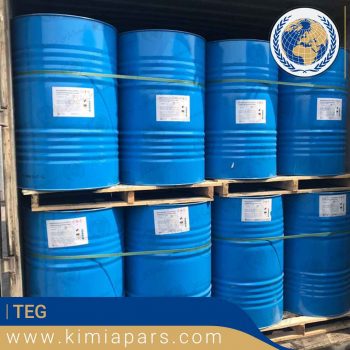Sodium Bicarbonate
- Description
- Additional information
- Analysis of Sodium Bicarbonate
- Download of Analysis
Description
Sodium Bicarbonate
Chemical Formula: NaHCO3
Other names: Sodium Bicarb | Bicarb Soda
Grade: Industrial and Feed Grade
Appearance: White Powder
Usages:
- Sodium Bicarbonate boosts milk production of cows
- As a cow feed supplement, it helps stabilizing rumen PH by reducing acidic conditions.
- It is also used as a partial substitute of salt in poultry rations
- It Increases the egg crust strength
- It is used in the home cleaners industry
- In the textile industry to handle wool and silk threads
Packaging: 25 kg bags
Price: Negotiable, depending on the order amount
Min order: 1*20 ft. FCL
Origin: Iran
Sodium bicarbonate, also known as baking soda, is a common household ingredient that is widely used in the food, pharmaceutical, and cleaning industries. This versatile compound has been in use for hundreds of years, and its many applications make it an essential component in a variety of industries. In this article, we will take a closer look at sodium bicarbonate and its uses in the food, pharmaceutical, and cleaning industries.
Sodium bicarbonate is a white, crystalline compound that is composed of sodium, carbon, hydrogen, and oxygen. It is an alkaline compound that releases carbon dioxide when it comes into contact with an acid, making it a useful leavening agent in baking. Sodium bicarbonate is a naturally occurring substance that can be found in mineral springs and is produced by the reaction of sodium carbonate and carbon dioxide. It is produced commercially by the Solvay process, which involves the reaction of sodium chloride, limestone, and carbon dioxide to produce sodium carbonate and calcium chloride.
In the food industry, sodium bicarbonate is commonly used as a leavening agent to help baked goods rise and become light and fluffy. It is added to dough or batter and reacts with other ingredients, such as acidic ingredients like buttermilk or yogurt, to produce carbon dioxide that causes the dough to expand and rise. Sodium bicarbonate is also used to regulate the pH level of food, and as a buffering agent to help maintain a stable pH in acidic food products. Additionally, sodium bicarbonate is commonly used as a cleaner for kitchen utensils and appliances, as well as a scrubbing agent for pots and pans.
Sodium bicarbonate is also widely used in the pharmaceutical industry as an antacid to neutralize excess stomach acid. It works by reacting with the stomach acid to form carbon dioxide and water, which can help to relieve symptoms of heartburn and indigestion. Sodium bicarbonate is also used as a binder in the manufacture of tablets, and as a filler in some over-the-counter medications, such as aspirin.
In addition to its uses in the food and pharmaceutical industries, sodium bicarbonate is also a commonly used ingredient in cleaning products. Sodium bicarbonate is a gentle, non-toxic cleaner that can be used on a variety of surfaces, including countertops, bathrooms, and laundry. It is effective at removing stains, grease, and grime, and can also help to neutralize odors. Additionally, sodium bicarbonate can be used as a scrubbing agent to remove tough stains and buildup on surfaces, and as a deodorizer to freshen and eliminate odors in the home.
One of the key benefits of sodium bicarbonate is its non-toxic nature. Unlike many other cleaning agents, sodium bicarbonate is not harmful to the environment or to human health. This makes it a popular choice for environmentally conscious consumers who are looking for cleaning products that are both effective and safe. Sodium bicarbonate is also an affordable alternative to many other cleaning agents, and it is readily available in grocery stores and supermarkets.
Additional information
| related_product | 4864 |
|---|
Sodium Bicarbonate Analysis |
| Total alkali content (as NaHCO3) | 99%- 100.5% |
|---|---|
| Sodium Carbonate | Max 1% |
| Heavy Metals (as pb) | ≤0.0005% |
| Arsenic (AS) | ≤0.0001% |
| Loss on drying | 0.04%- 0.25% |
| Chlorides (as CL) | ≤0.3% |
| Iron as Fe2O3 | Max 0.0015% |
| PH Value (10 g/l solution) | 8.2%- 8.6% |


